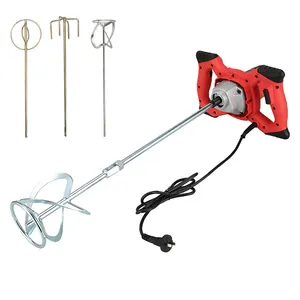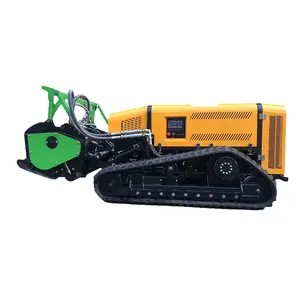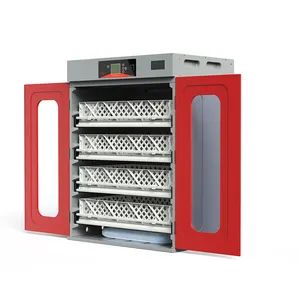Popular in your industry



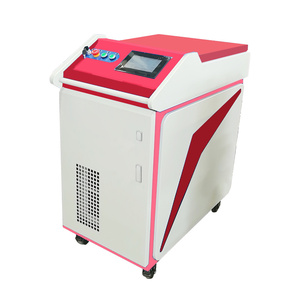
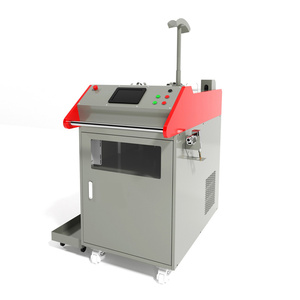
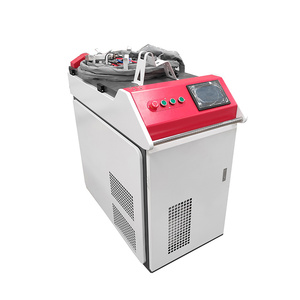
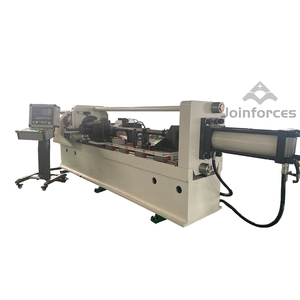
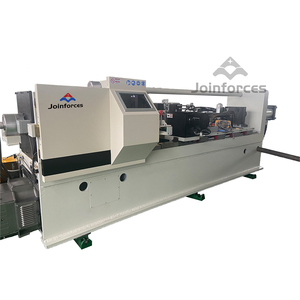

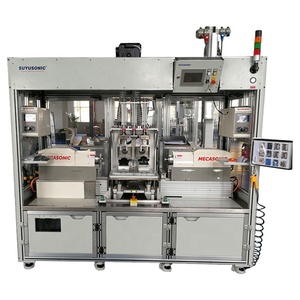



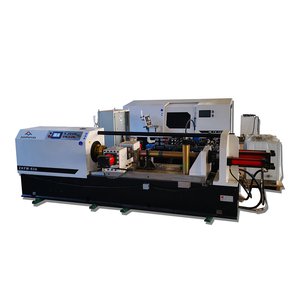

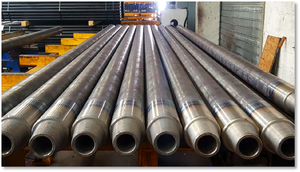
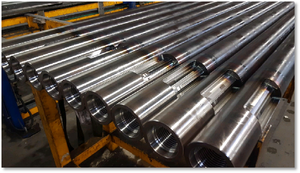


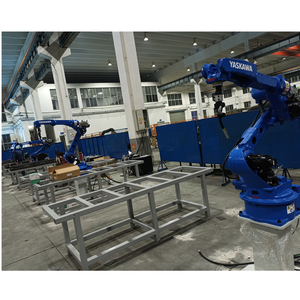
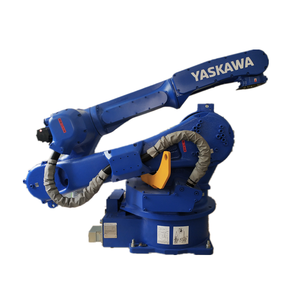














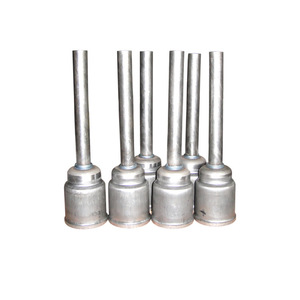








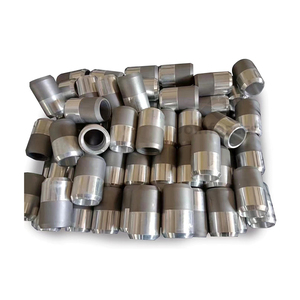




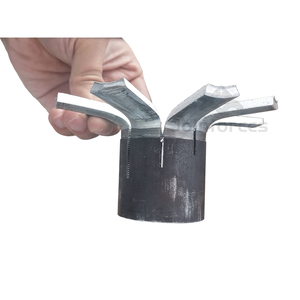










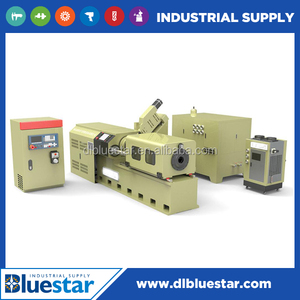
Top categories
About friction steel welding
Friction steel welding is a process used to join steel components using the heat generated by mechanical friction. It is a solid-state welding technique that does not involve melting the base metals. Instead, the heat is generated by rubbing the two steel surfaces together at high speeds, softening the material and allowing them to be forged together. This process is often used in manufacturing to create high-strength joints in steel components. Friction welding steel is beneficial in applications where traditional welding techniques are not suitable due to material properties or geometric constraints.
Types of Friction Steel Welding
Direct drive friction welding involves rotating one component against the other, creating friction and heat at the interface. This method is commonly used for cylindrical or symmetric components and offers high process control and repeatability. In contrast, friction stir welding steel is a solid-state welding process that uses a non-consumable rotating tool to join two or more pieces of metal. The tool traverses along the joint line, creating frictional heat that softens the material and allows for the plasticized material to be forged together. This method is particularly well-suited for joining materials that are difficult to weld using traditional fusion welding techniques, including aluminum, copper, and stainless steel. Additionally, friction stir welding stainless steel offers the advantage of producing welds with high strength and excellent mechanical properties, making it ideal for applications in the aerospace, automotive, and marine industries. The process can be performed using conventional milling machines, making it a cost-effective and versatile welding option.
Advantages of Friction Steel Welding
One of the significant advantages of friction steel welding is its ability to create high-strength, defect-free joints. The process generates heat locally, minimizing the risk of distortion and producing welds with minimal residual stress. This can be particularly beneficial in industries where precise and distortion-free welding is crucial, such as aerospace and automotive. Moreover, the solid-state nature of friction steel welding prevents issues such as solidification cracking and porosity, common in fusion welding. This results in welds with improved mechanical properties, including higher fatigue strength and enhanced corrosion resistance. Additionally, the process can be automated, leading to increased productivity and reduced labor costs. Furthermore, friction steel welding is environmentally friendly, as it requires no filler materials or shielding gases. This not only reduces the overall cost of welding but also eliminates the need for post-weld cleaning, making it a cleaner and more sustainable welding process.
Applications of Friction Steel Welding
The aerospace industry commonly uses friction steel welding for the manufacture of critical components, such as fuselage structures, landing gear, and engine components. In the automotive sector, it finds applications in producing lightweight, high-strength components for vehicles, including chassis, exhaust systems, and suspension parts. The renewable energy sector utilizes friction steel welding to fabricate components for wind turbines, solar panels, and hydroelectric systems. Furthermore, friction steel welding is integral in the marine industry for constructing ship structures, offshore platforms, and submarine components. Additionally, in the construction field, it is used for welding steel beams, columns, and other structural elements. The oil and gas industry utilizes friction steel welding for pipelines, drilling equipment, and pressure vessels. In the manufacturing sector, it is used for fabricating machinery, tools, and industrial equipment. Lastly, the transportation industry employs friction steel welding for manufacturing rail tracks, locomotive components, and aerospace structures. The process is used in many industries due to its ability to produce high-quality, defect-free welds in a wide range of steel types.

